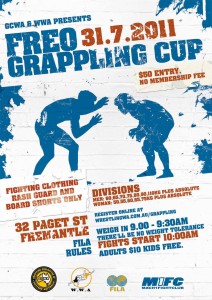As a coach, my job is to provide a training environment where people can learn BJJ safely and effectively. But there’s more to it than that. My job is to ensure that they learn how to keep themselves safe while training and competing.
These two things are not the same.
The most important thing to understand in BJJ is that your safety is your responsibility. Make sure you can keep yourself safe. Don’t rely on rules or referees to keep you safe. The following video shows that you can’t rely on rules and referees.
When you train in the gym, you are friends with the people you are training with and you know that they will look out for your safety. In a competition, or when training at another gym, you can’t afford to rely on your opponent to look out for you.
This means that you must train with illegal moves in the gym. When you train heel hooks, slicers, knee reaping, spinal locks etc with training partners you trust, you begin to understand those moves. When you understand the moves, you know when to tap and when to continue working your escape. More importantly, understanding the moves allows you to see the move coming and allows you to avoid getting caught right from the start. Just because a move is illegal doesn’t mean that someone won’t try to apply it on you.
Basic risk assessment. The worst injury that could happen to you is a spinal injury. Your game should be designed around this risk. Everytime you are in a position where your opponent can pick you up is a potential spinal injury. This means jumping guard, armbars from underneath, spider guard, closed guard. If you play in these positions you should expect to be picked up and you must know how to bail safely. A more prudent approach is to just avoid these positions entirely.
BJJ is a combat sport. Most of the time it’s a friendly sport. But in competition where emotions are high, it can turn into a fight. Your safety is your responsibility.


